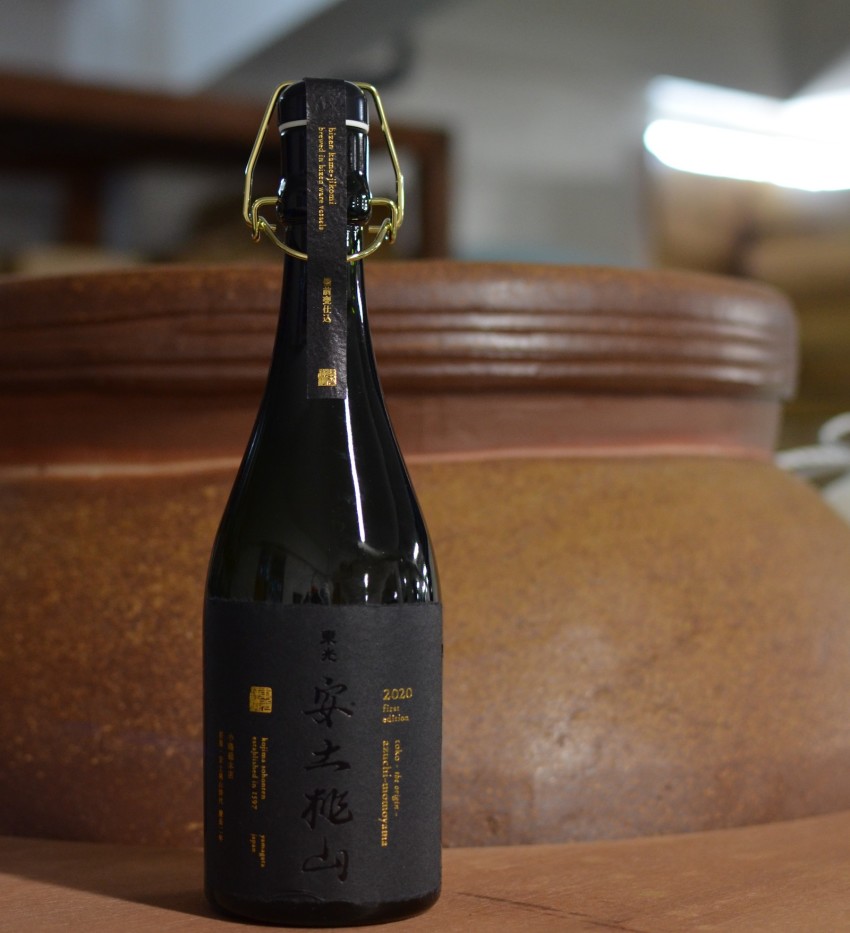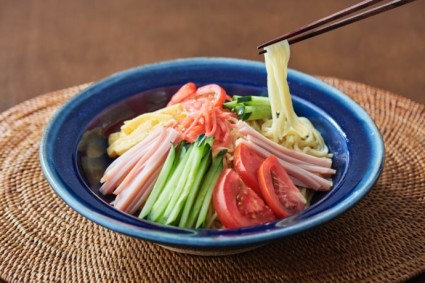No matter how long you’ve been living in Japan, there’s a good chance you’ve encountered sake (or nihonshu) at some point. Whether at an izakaya nomikai (drinking party) with colleagues, paired with a fancy kaiseki course dinner, or the cheap and cheerful One Cup found on conbini shelves - the alcohol is an intrinsic part of life in Japan.
Yamagata Prefecture is known for the quality of its rice, and therefore famous for its sake too. The beautiful snowy city of Yonezawa is home to one of Japan’s oldest sake breweries, Kojima Sohonten, which has been operating for over 400 years. Their sake brand is called Toko, and this winter the brewery is busy making some of its best seasonal selections, as well as releasing some of its rarest sake to date.
Winter is an especially important season for sake brewers in Japan. Many produce some of their best sake during these months when the cold conditions are just right for brewing. If you’ve ever wondered about getting to know sake, the winter is a great time to start. You don’t need to be an expert to appreciate all the rice-based alcohol has to offer either. With a little bit of knowledge and guidance, finding your favorite type of sake is easy. Here we’ll introduce a variety of sake to get you started this season - from the beginner to the connoisseur.
One of Toko’s longtime bestsellers is its Toko Junmai Shiroi Sake. Shiroi means white in Japanese and this sake is just that. This is because it's a nigori or "cloudy" type of sake which still contains some rice solids, giving the drink its characteristic milky (or some might even say snowy!) appearance. The sake ferments while in the bottle, giving it a lively sparkling quality. In general, nigori are known for being on the sweeter side. While this is true of Toko, it doesn’t overwhelm. The taste remains consistent and has a clean dry finish, making going back for more very easy. A great start for any sake beginner. Toko only brews this sake once a year and sells it exclusively from November to February.

Toko’s Junmai Shiroi Sake is one of three seasonal sake it produces and sells at this time of year. Both the Toko Junmai Ginjo Muroka Nama Genshu and Toko Junmai Ginjo Shinshu are also only sold for a limited time until March.
Moving on, we have the prize-winning Toko Junmai Daiginjo Fukuro-tsuri and snow-themed Toko Junmai Daiginjo Fukuro-tsuri Yuki Megami. Fukuro-tsuri means ‘drip sake,’ a hint to the unusual way this particular sake is made. Instead of using the traditional pressing method, the sake is filtered using bags that slowly drip naturally. Those with a bit of sake knowledge will especially appreciate this sake, since brewer’s rarely sell brews made this way to the general public, usually saving them for competition purposes. These two Toko fukuro-tsuri sake are only produced during the coldest time of the year, between January and February. The drip bags are more exposed to the elements, and a colder temperature produces a better flavor profile.
Toko Junmai Daiginjo Fukuro-tsuri has consistently won awards for its refined light and sweet taste with notes of fruits such as melon and lychee. The Yuki Megami variety gets its name from a special sake rice from Yamagata Prefecture that was developed in 2015. The rice can only be used for the finest grades of sake. Some say the taste reminds them of melting snow water (hence the use of the name yuki, or snow), with a delicate, sweet and velvety texture. The flavor lingers in your mouth with aromas of fruit such as peaches and pears.
Finally, a sake for those who want something really special. With a limited run of only 900 bottles, Toko Azuchi Momoyama is brewed in unglazed earthenware pots, just like they did when the brewery opened 424 years ago. Kojima Sohonten’s 24th generation owner, Kenichiro Kojima, wanted to return to his roots and found a special Bizen pottery artist to recreate the pots. Brewing in this way gives the sake a clean and earthy taste, while still maintaining the signature Yamagata fruity sweetness. Each batch will taste slightly different based on microorganisms in the pots, and we look forward to see how it evolves as this is just the first edition of many to come.


From the most accessible to the refined and rare, the novice to the connoisseur; this winter the world of Toko sake awaits.
© Japan Today Take our user survey and make your voice heard.
Take our user survey and make your voice heard.




2 Comments
Login to comment
Kyo wa heiwa dayo ne
But what about the people that are visiting and not living here ?
How can it be Sake for all ?
Nigori Sake is my favorite.
Daninthepan
@anyone new to sake - the best lesson I've learned regarding sake is to look for the seimeibuai percentage on a bottle. Sake is made using rice that is milled so that they can get rid of the outer layers of the rice and get to the centre of the rice (containing more starch or something) which is the best part for making sake. The seimeibuai is the percentage of the rice that is remaining after milling so if the bottle says 45% (a nice sake) then if they use 1kg of rice 450g will be remaining after milling but if it says 65% (standard sake) then 650g will be remaining. Obviously, if you have 650g rice you can make more sake and therefore it will usually be the cheaper end stuff.
What does this mean to us Johnny foreigner? Well, if you pick up a bottle in the supermarket and can't read a thing on the label just look closely at the small print and if you can see a %age, then the lower the better - I've never been disappointed with a percentage less than 50%.
There are huge exceptions to this rule and some really expensive sakes with high percentages so just because it's over 60 doesn't mean it's bad but if it's under, it's almost guaranteed to be good.
BTW - the label, ginjo means it has less than 60% and daiginjo means less than 50%